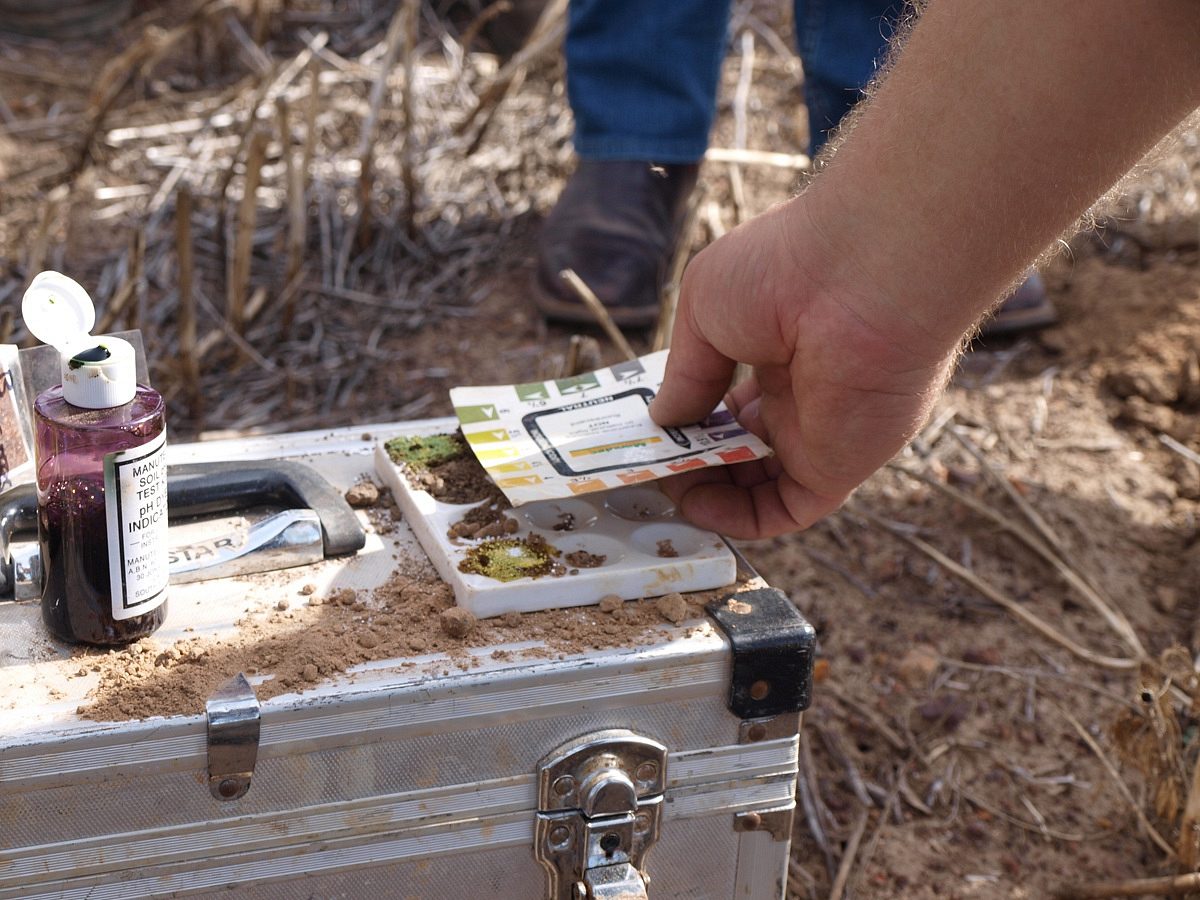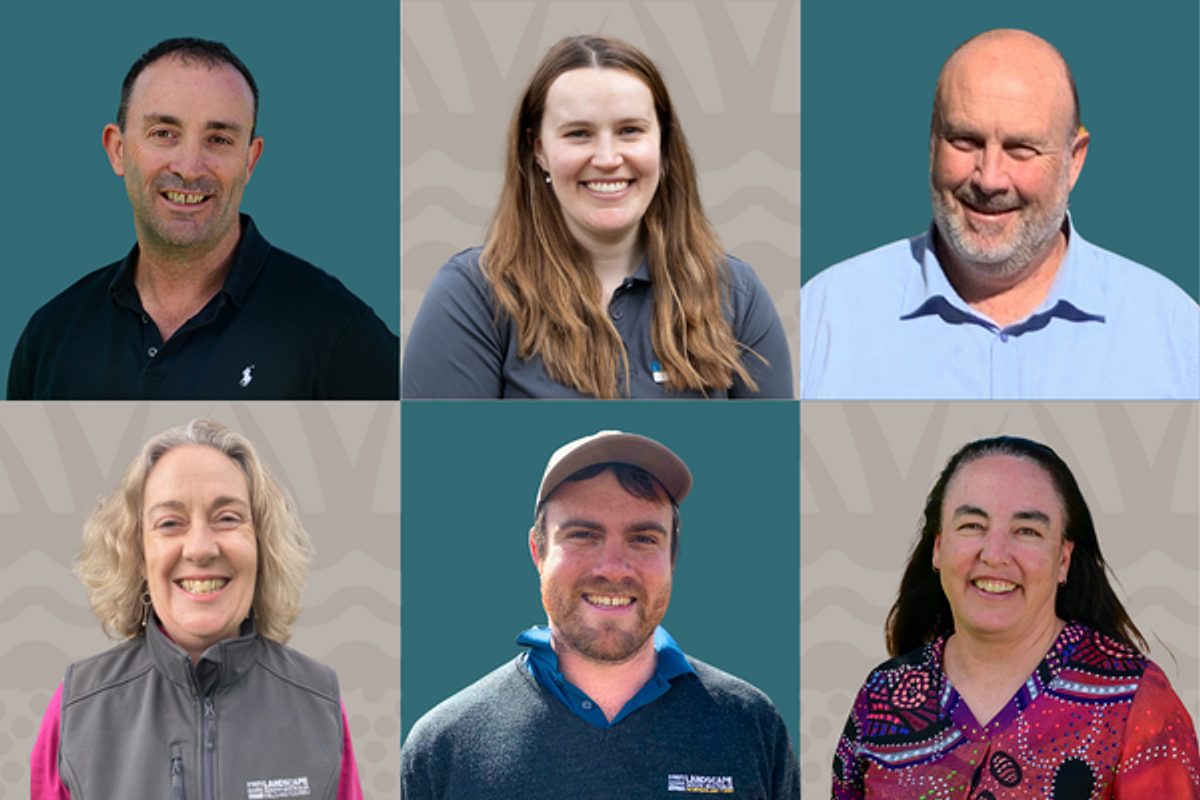In case you missed them: Most loved stories in 2025

Good news travels fast…but in case it didn’t reach you, we’ve rounded up some of the year’s most inspiring stories from South Australia’s landscape boards. From predator-free islands and bird-friendly habitats to wetlands brimming with life, 2025 was full of wins worth celebrating.
Recreating heathland habitat for threatened birds
At Deep Creek National Park and nearby private land, Landscapes Hills and Fleurieu is transforming 80 hectares of former sheep paddocks into native closed shrubland vegetation to provide critical habitat for threatened heathland birds. The new habitat will add to the almost 200 hectares of heath and swamp vegetation the team has established since 2016.
One of the key species they’re targeting is the nationally Endangered (EPBC Act) western beautiful firetail, a rare and striking bird that relies on large areas of heath habitat for food and shelter. The nationally endangered Mount Lofty Ranges (MLR) southern emu-wren is among a suite of other bird species that will also benefit from the recreated habitat.
This large-scale revegetation project is being delivered by Landscapes Hills and Fleurieu in partnership with the Department for Environment and Water (DEW). It is also helping achieve the objectives of the ReBird the Ranges collaboration, which is aiming to create and restore bird habitat across the Mount Lofty Ranges.

Transforming remote island into safe haven
A remote island on Eyre Peninsula is on track to become a safe haven for threatened species with on-ground rodent and feral cat eradication beginning in May this year. The Eyre Peninsula Landscape Board and its partners are using a multi-pronged control approach including camera monitoring, traps, foot searches, thermal drone surveys and detection dogs. And there are already strong signs of early success, with no recent traces of any cat presence on the island.
The restoration of Flinders Island will secure South Australia’s fourth largest island (3,854ha) into Australia’s network of more than 100 predator-free islands and 20 fenced areas that contain vulnerable mammals. The project aims to protect and restore the island’s unique ecosystem by eradicating cats, rats and mice and reintroducing threatened plant and animal species.
This project is jointly funded by the Australian Government, the South Australian Department for Environment and Water and the Eyre Peninsula Landscape Board in partnership with the Woolford family.

Reviving wetlands: The power of environmental watering
The Murraylands and Riverland Landscape Board made a significant impact last summer by delivering a record amount of environmental water to 41 wetlands across the region - enough to fill nearly 6,800 Olympic-sized swimming pools.
It was the largest environmental water pumping event the region had ever undertaken, bringing vital support to more wetlands and native species than ever before.
This milestone builds on more than two decades of dedicated wetland management and conservation efforts along South Australia’s River Murray.
The Murraylands and Riverland Landscape Board supports the management of more than 85 managed wetland complexes, partnering with landholders, First Nations communities, volunteers, researchers, non-for-profit organisations, businesses and government agencies to ensure these vital habitats thrive for future generations.
Hundreds come together for Pastoral Field Day in Port Augusta
More than 600 people experienced the second SA Arid Lands Pastoral Field Day at the Port Augusta Racecourse in March.
The event offered 54 different stalls, 8 presentations and 5 demonstrations that included cooking with kangaroo and goats, dispersive soils with Michael Ayers, snake awareness with Julian Craig and a native plant workshop with Markus Hammence. School of the Air students joined a specially-designed program of activities in the afternoon.
Highlights of the day included a panel session featuring representatives from the SA Arid Lands Landscape Board, Pastoral Board, Livestock SA and the Outback Communities Authority; a fashion parade featuring merino wool and the joint pastoral ICPA dinner.
Innovative tech targets feral predators
AW Landscape Board launched its first trial of 4G-enabled Celium trap technology to target cats and foxes in key habitat in the Yalata Indigenous Protected Area (IPA). Working with the Yalata Anangu Aboriginal Corporation, their focus is on feral predators that threaten vulnerable species, especially malleefowl and hooded plovers that nest on the ground. The first traps were installed on the Yalata coast in May, with the sites chosen for their proximity to known hooded plover populations.
When triggered, Celium traps send a signal to a mobile phone or desktop app, alerting the Yalata Rangers. They can then take targeted trips, saving them time-consuming daily trap checks across the vast and remote Yalata IPA.
This project is funded by the South Australian Government's Landscape Priorities Fund (LPF).

Yarning circle first step in connecting winery and First Nations
The first step in a genuine connection between traditional custodians and a Barossa winery business was facilitated by the Northern and Yorke Landscape Board in April.
Hill-Smith Family Estates, which hosted the Board’s Five Nations Landscape Committee in Eden Valley, has committed to welcoming Peramangk and Ngadjuri people, the traditional custodians of the land where it has wineries and several vineyards.
The group came together in a yarning circle and discussed what the future could look like for all involved. For Hill-Smith Family Estates, it’s about engaging with First Nations people to better understand the land they operate on and acknowledging and paying respect to the traditional custodians. And for First Nations people, it’s about stepping onto the land of their ancestors to help the next generation connect, share stories and learn cultural practices.
Don't miss a beat in 2026
Visit your local landscape board's website and subscribe to your preferred channel to make sure you don't miss a story in 2026. Or subscribe to the Landscape SA Update to get a selection of landscape board news and stories from across the state.


